Grass supply
Grass supply is tight on beef farms. Cold nights have hit grass growth and in some cases cattle may have to be slowed up or rehoused to allow it recover. The first thing is to spread fertiliser. Cold weather at this stage won’t affect it and it will be ready for grass to grow once temperatures rise. The second thing is avoid opening all the gates and letting cattle roam freely across the farm to buy more days. Stick to the plan of grazing fields and moving on. When grass growth gets back to normal, hold on for a few days until you have grass ahead to resume normal grazing.
Breeding Decisions
Some planning ahead of breeding can help in making key decisions before the season starts. A cow bred on 1 May based on a 286-day gestation will calve on 11 February 2022. Ask yourself the question – is this too early for your farm or is it too late? If you are planning to AI, cows should be tail-painted now and heats recorded before the breeding starts. Teaser bulls should be vasectomised two months before they are required.
Make sure cows are on a rising plane of nutrition, grazing good-quality spring grass, and are gaining body condition in the next few weeks. Also make sure vaccinations for BVD and Lepto are up to date on cows and any breeding bulls.
Worm control
There are always questions about fluke and worm control at turnout. With fluke, if the appropriate product was used during the housing period, there shouldn’t be an issue. New infection can occur if grazing very wet areas of the farm and stock should be monitored for any signs of fluke infection.
We need to be careful with dosing products to avoid resistance developing. Adult cattle should have sufficient immunity built up from previous grazing. Second-season grazers may need a dose if sufficient immunity hasn’t built up. Faecal sampling should be used to determine if dosing is needed.
Suckler calves and dairy calves need to be treated differently. Suckler calves are not as disposed to worm infection as dairy crosses. Dairy calves should get a dose three weeks after turnout and again at appropriate intervals. If faecal samples show greater than 200 eggs/g, a dose is needed.
At the start of the grazing season, following housing, cattle may have very little or no immunity to lungworm and are susceptible to new infections.
Silage budget
Now is the right time to do a silage budget for winter 2021/2022. Completing a budget next November, when little can be done about it, is of little use. Completing one now will mean you can take action over the coming months to boost supply. Use a few quick guidelines – Suckler cows, 1.4t/month; store cattle, 1.3t/month; weanlings, 0.7t/month. First-cut will generally yield 7-10t/ac and second-cut will yield 5-7t/ac. Have you enough area closed up for first-cut silage? We are entering into the highest grass growth period of the year and you should make sure to capitalise on it. Leave a buffer there for a difficult spring. As the saying goes, old hay is like old gold.



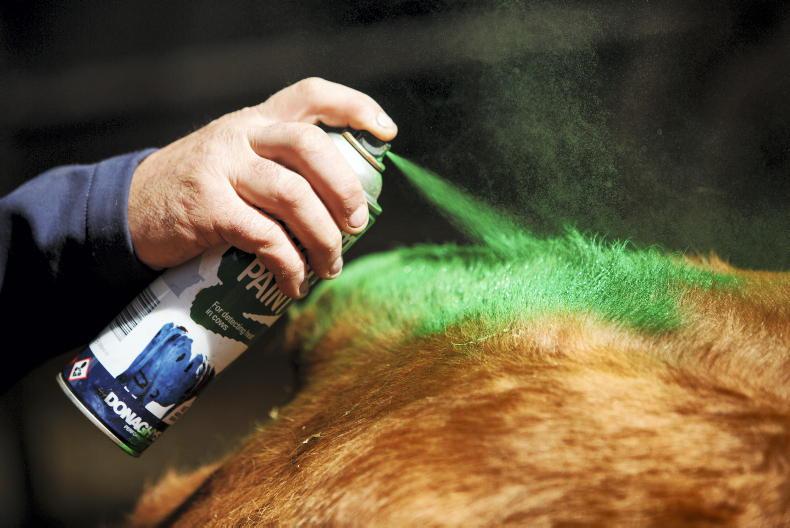

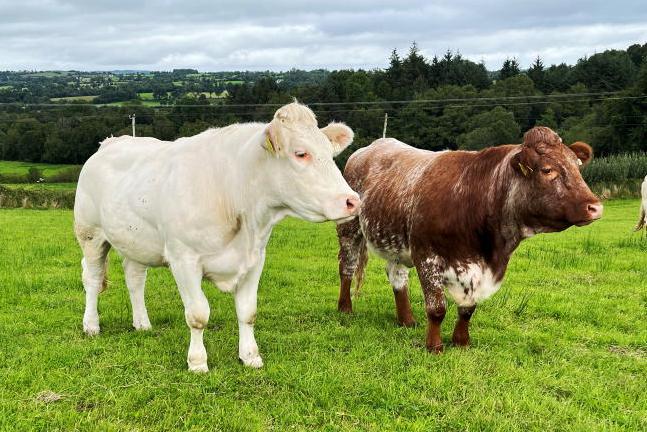

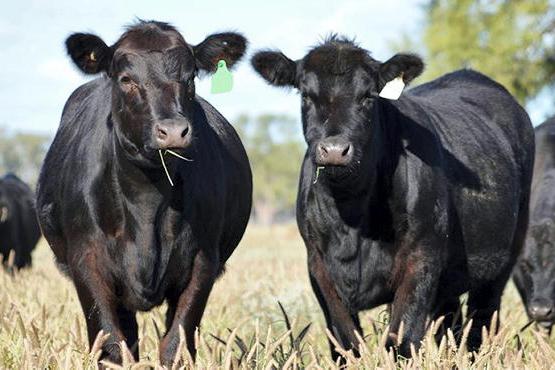
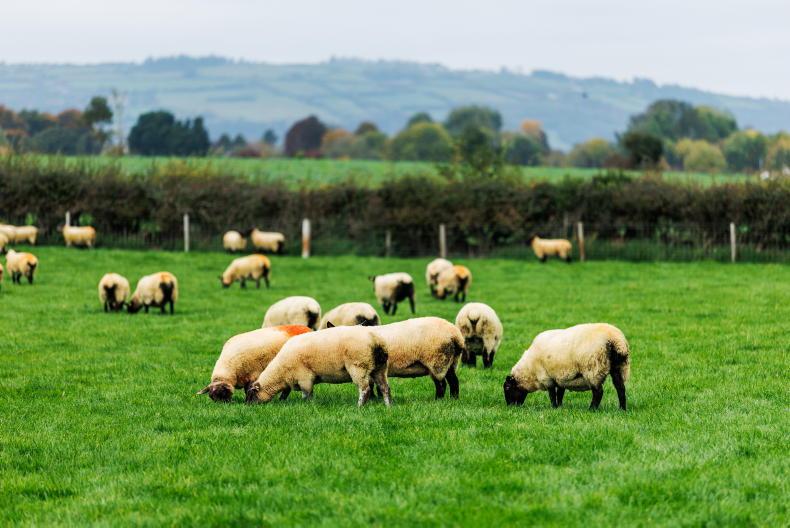
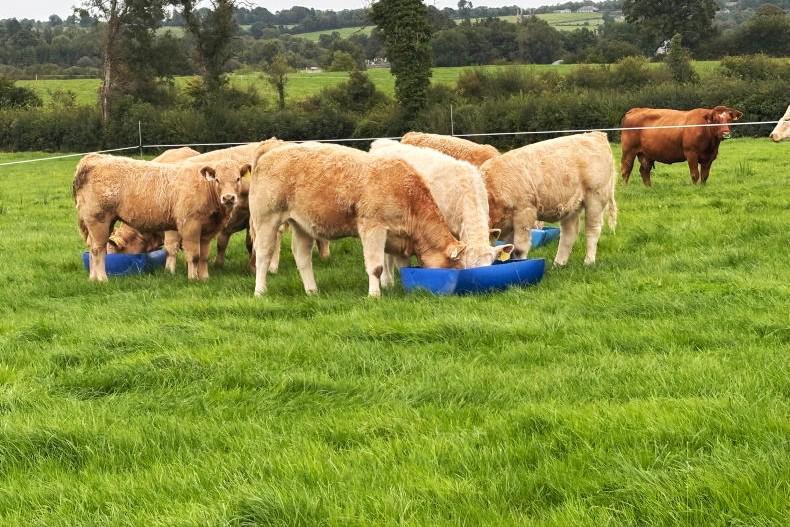
SHARING OPTIONS